Trauma & Sensation - WISH Congress 2017
07/06/17 14:28 Filed in:Congress
Jörg Wichmann vividly portrayed how strongly post-traumatic stress disorder can impact a young woman’s life. The plant family of the Papaveraceae is known for the sensation of shock and intense pain. Dulled, fatigued, worn out: this is the passive reaction in the remedy picture of the Poppy family. In the case history, Sanguinaria restores the patient’s vitality, which disappeared following a severe fall during training, and even prevents renewed traumatization after a subsequent accident. Sanguinaria represents the sycotic miasm in the Papaveraceae.
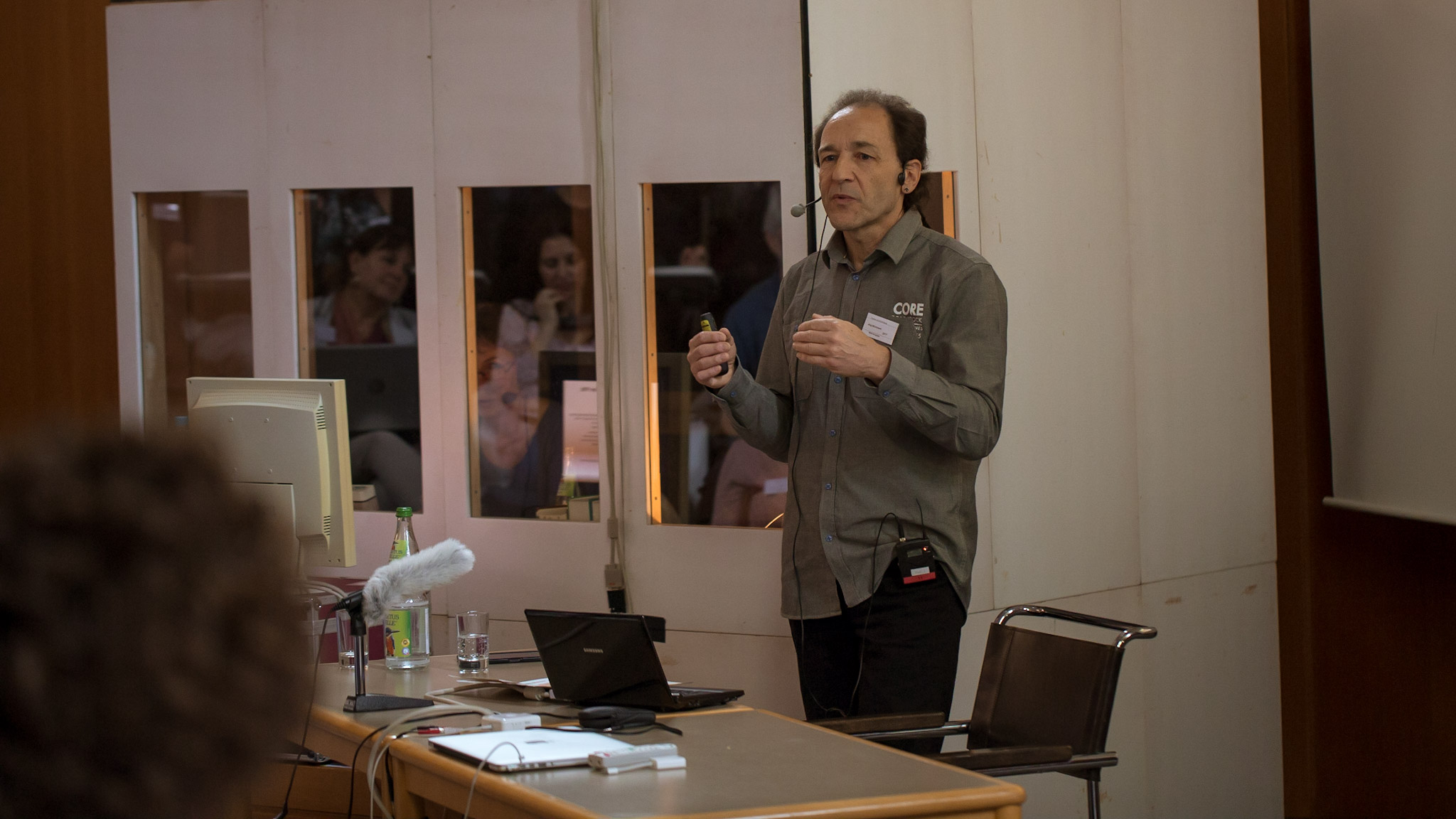
The effects of many years of severe child abuse often result in depression, anxiety and eating disorders, as in the case of a woman presented by Mike Keszler. Lithium-carb helps her to overcome the loneliness plus the feeling of inner emptiness and of being detached from life. She is therefore able to become whole again and leave behind her “old life.” Both Jörg Wichmann and Mike Keszler make use of Michal Yakir’s evolutionary stages when selecting the remedy. Lithium carbonicum is indicated for people whose developmental stage is comparable to that of a fetus, completely dependent and without any kind of independent existence. Such people can often develop profoundly serious depression.
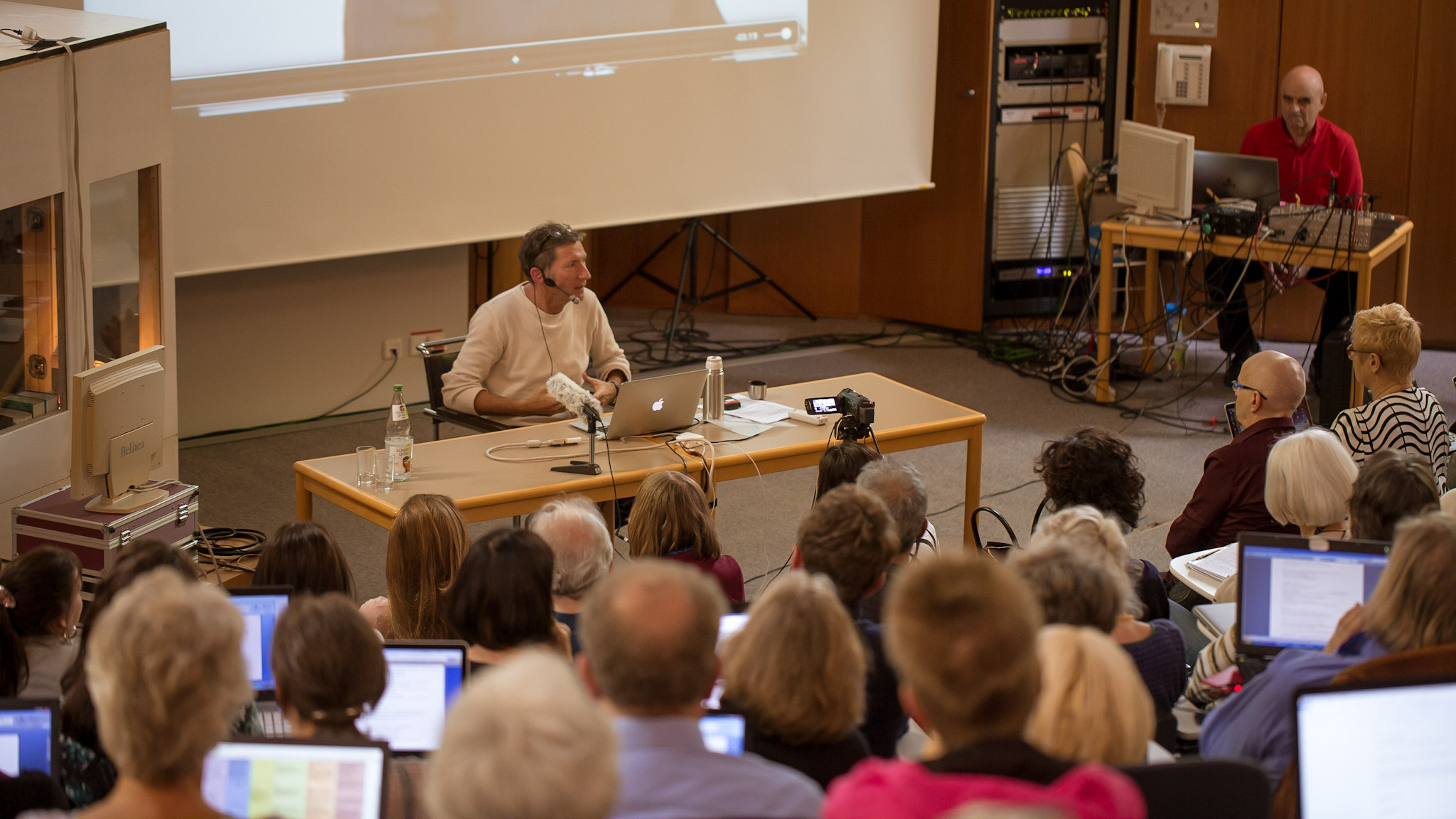
Misha Norland presented the cases of two children: a boy with life-threatening nightly asthma attacks is helped by Plutonium nitricum, which is identified from his dreadful nightmares together with the mother’s history. The second boy displays compulsive behavior. He was born prematurely and spent some time in an incubator, a state that closely resembles Lithium. Beryllium, which follows Lithium in the periodic table, turns out to be his remedy. A sketch by the boy at the age of five appears to be an exact anatomical representation of the inner female organs and confirms the choice of remedy from the second row of the periodic table.
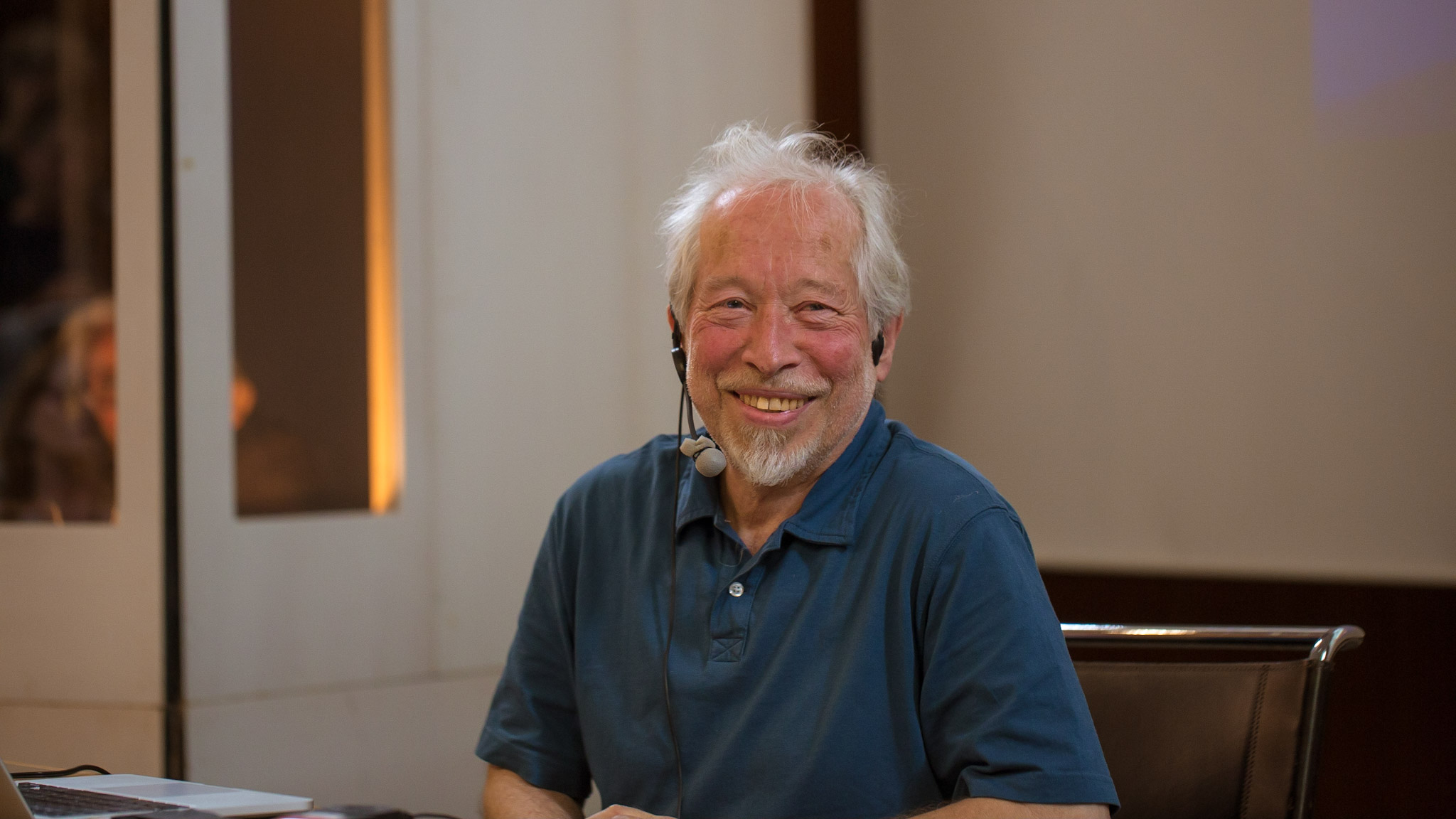
Another highlight of the first day was Karim Adal with his special style of casetaking, shown in two cases that produced very similar sensation words but required very different remedies – Thuja and Zincum. He takes his patients to the level of the unconscious and gently works through the trigger situation with them. In this technique based on the approach of Jayesh Shah, the painful identification with the traumatic experience is followed by a phase of dis-identification from the problem, ending in a transformation from the negative experience to a positive perception of one’s own potential. This process itself induces healing but often leads via the deep sensation level to an effective and enduring simile.
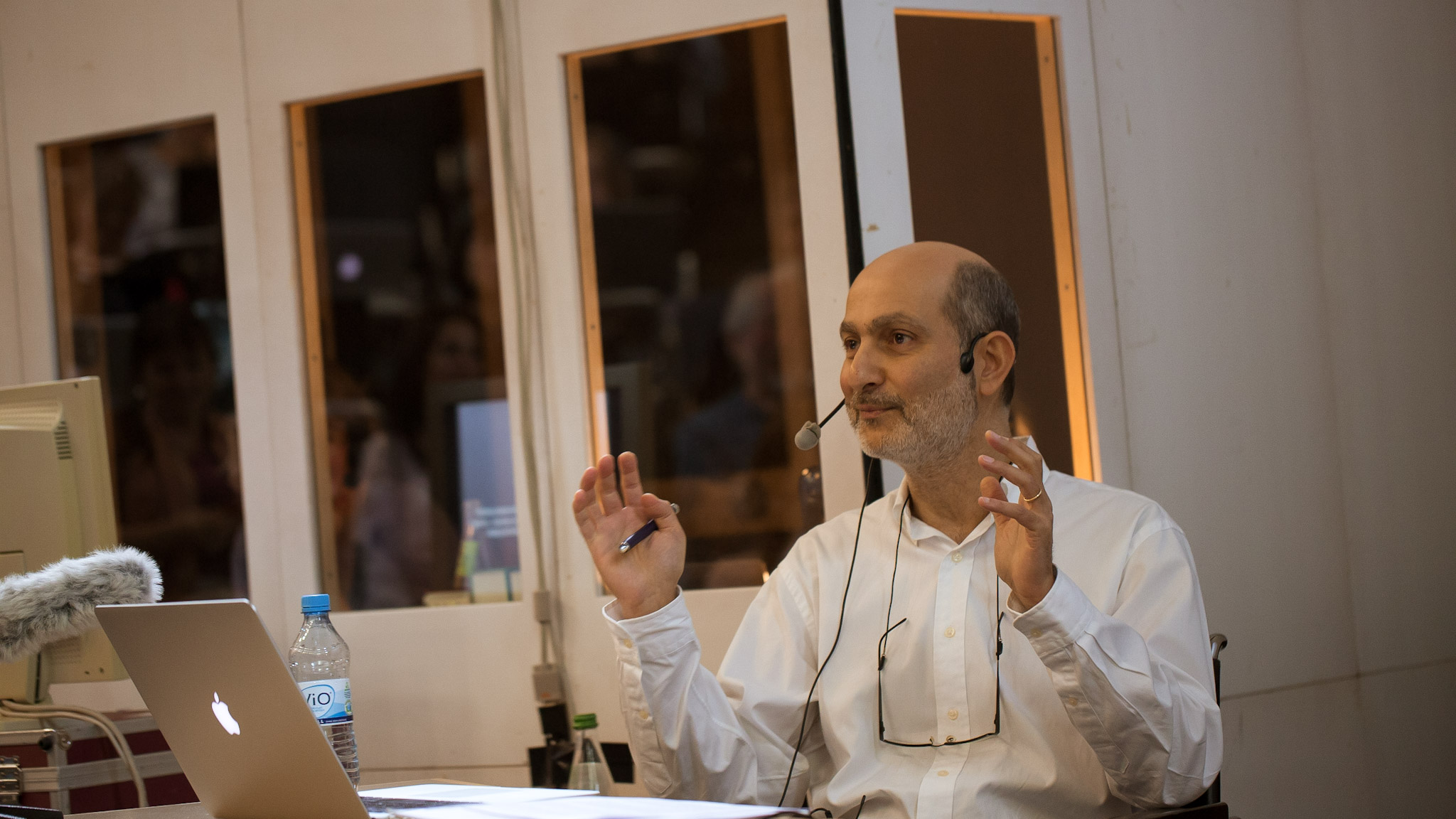
On the second day Annette Sneevliet picked up the theme of evolution. As in Keszler’s case of Lithium carbonicum, her patient is also completely dependent. She reacts to her husband’s diagnosis of cancer with panicky and clingy helplessness. This is really all about her, not her sick husband. After many incorrect attempts with mineral and plant remedies from a primitive level of development, Spongia brings the breakthrough. Like many aquatic invertebrates, the sponge, which clings to the cliffs, is at a low level of development in the animal kingdom. The patient suffers panicky fear that she will lose her husband, who is her pillar of strength. With Spongia she gradually overcomes the feeling of a helpless child, becoming an adult woman with both feet firmly on the ground.
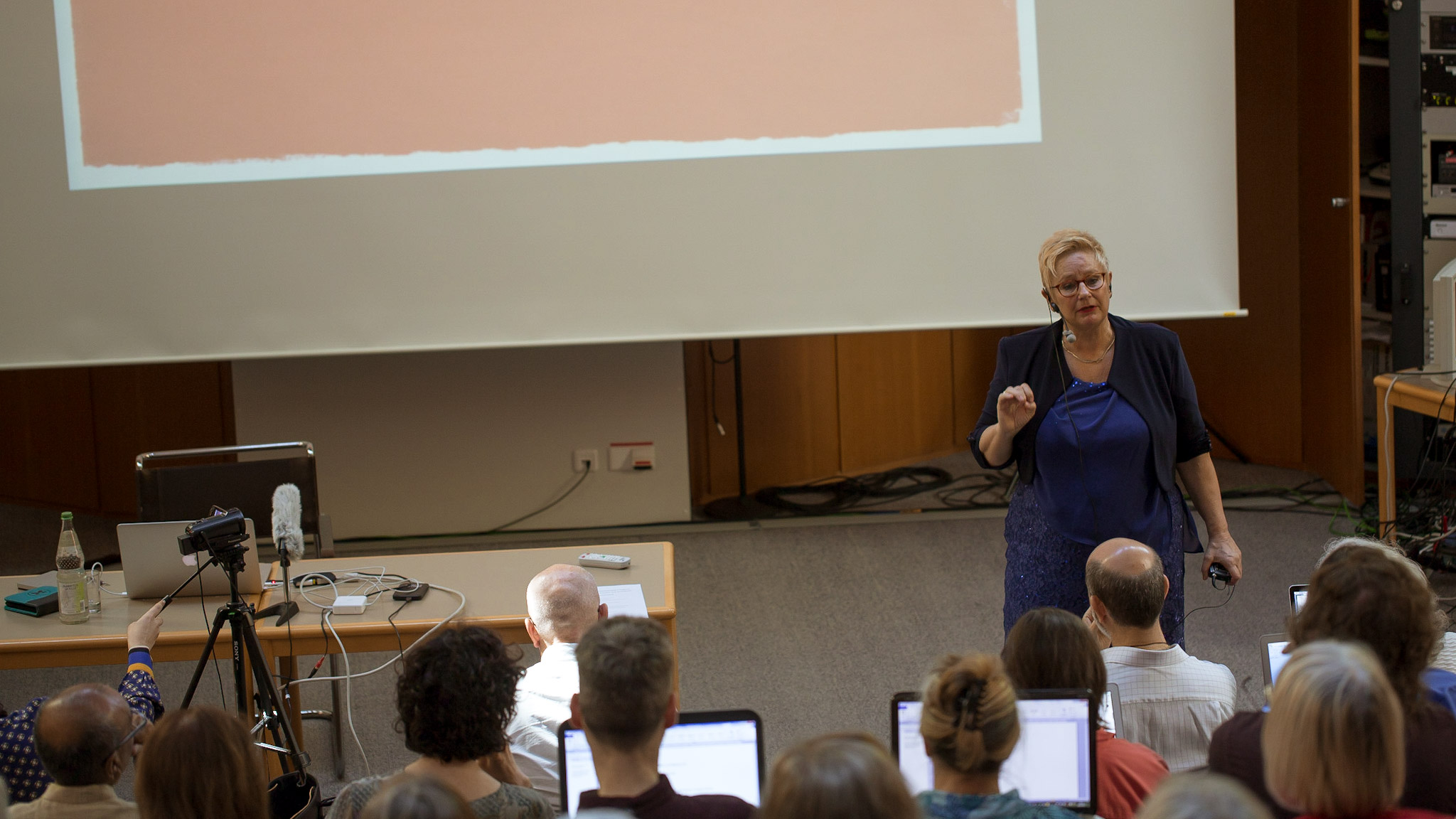
The Canadian homeopath Laurie Dack presented a video – yet her case of a very ill patient, described in almost poetic language in an empathetic tone of voice, would have been moving enough without any images. The combative, committed and always active Farah fell into disgrace in the Iran of the Ayatollah, where she was brutally tortured during three years of imprisonment. She remembers nothing but her body stored the pain: tearing, stabbing pains as if from a knife and swollen, deformed, and crippled joints. Movement is a torture. Everything is distorted, bent, hardened and stiff. The doctors diagnose rheumatoid arthritis. She says: “I’m contracted in spirit, body, and soul.” She keeps wanting to stretch. This polar symptomatology leads to Guajacum, a small crippled tree with heavy, dense wood used for shipbuilding and truncheons. With this remedy her pain, mobility, appetite, and sleep all improve. She is once again able to get in touch with her family and other people. With the resurgence in life energy her memories return and she is again plagued by nightmares. Farah has to reassure her despairing homeopath that she feels she is now back on the right track, even though the remedy is bringing repressed memories back to consciousness.
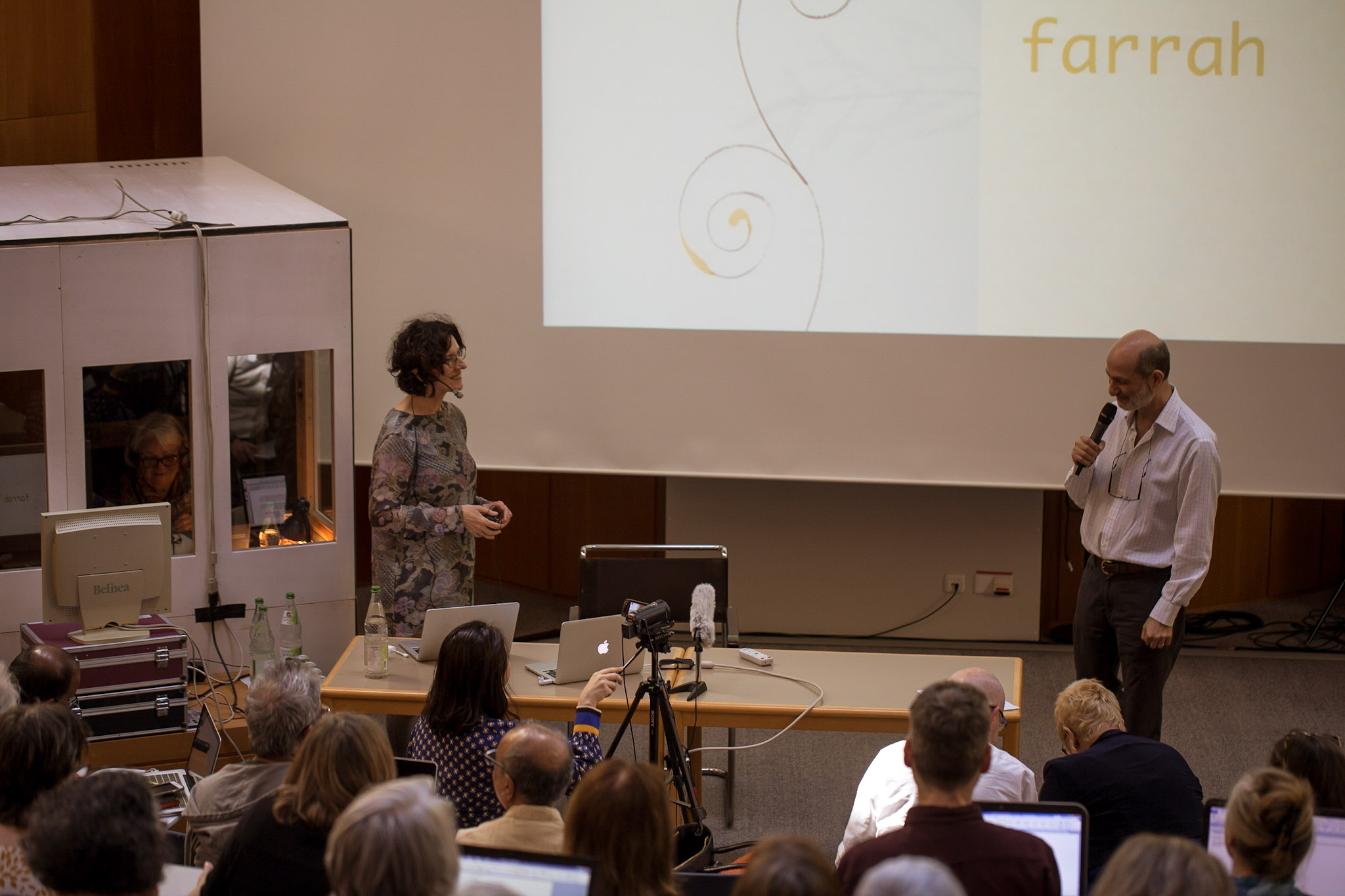
Such “imprints of the trauma in consciousness from beyond space and time” were also the topic discussed by Jayesh Shah. Karim Adal’s presentation had already sensitized the participants to his particular approach to traumatized patients, which often requires the therapist to spend many hours on a journey of healing together with the patient in order to transform their injury and pain. When patients at the end of such a journey recognize that they themselves possess the healing life energy, they can see themselves in a new light and may be able to let go of the ill-making patterns of the past. The homeopathic remedy completes this process of healing. In a case of unbearably painful urticaria with delusional fear of the amputation of a leg, the required remedy is Codeinum. In another case, the healing journey of transformation means that a European woman with deeply rooted and agonizing panic attacks first needs to relive the experience of her father in a concentration camp in Nazi Germany. She is given various remedies based on hydrogen and nitrogen.
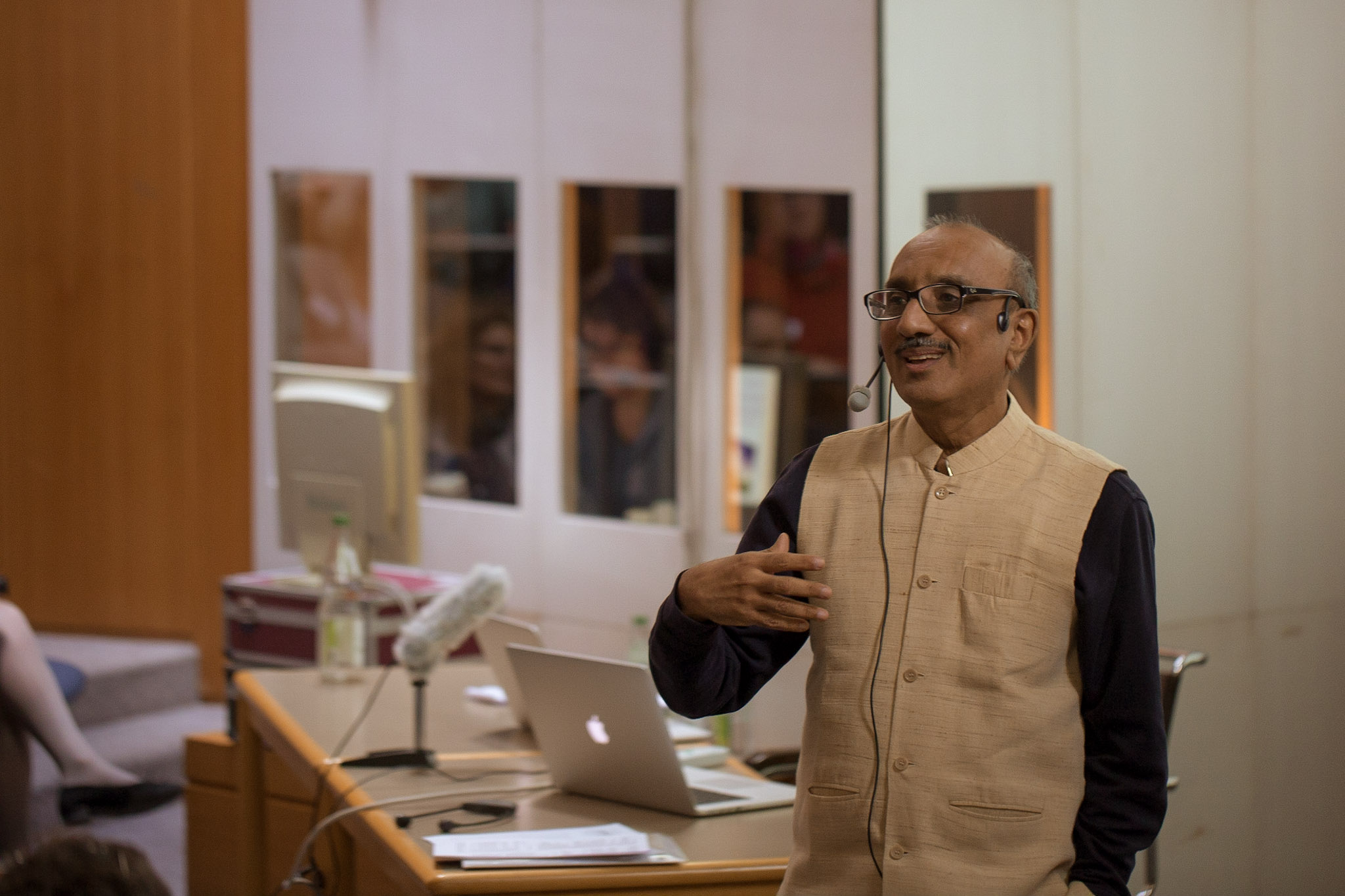
Resie Moonen presented two neurological cases characterized by a traumatized childhood that require the same remedy sequence: Cerium oxydatum followed by Acidum oxalicum. The different traumatic experiences of the two patients nevertheless lead to similar reactions: withdrawal to a cocoon, a hermetically sealed bubble without connection to the outside world. In independent and autonomous people with autoimmune disease this pattern invariably calls to mind Cerium. Abuse in the history of one patient and a suffocating mother in the other patient point to the oxygen component found in Cerium oxydatum. The oxygen is also found in the Oxalic acid, the follow-on remedy in both cases. The repertorization of very different symptoms leads to this same remedy. Just a coincidence or maybe an indication of a specific remedy affinity?
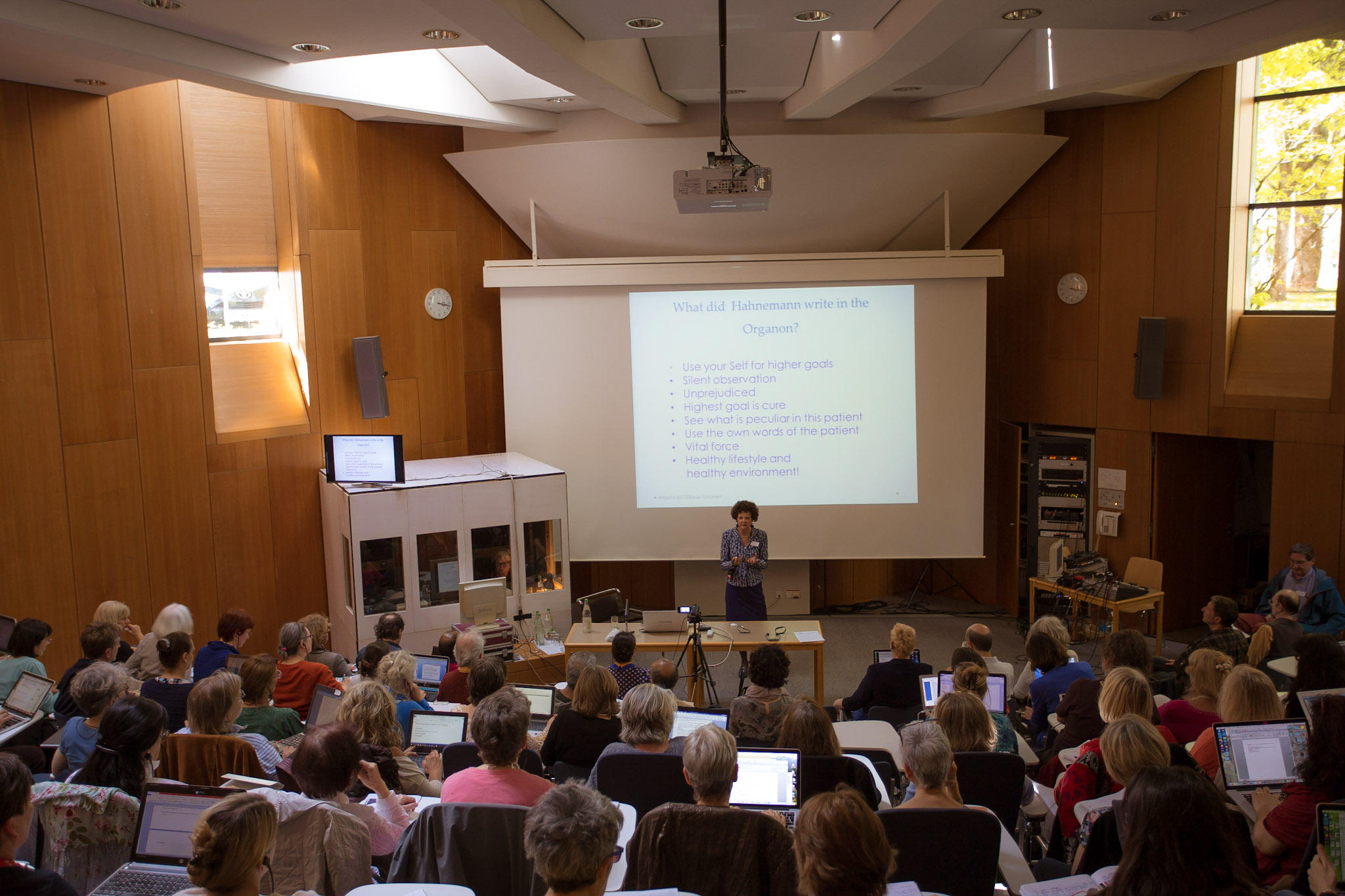
Bob Blair’s female patient, who presents with a rare neurological form of coeliac disease, also complains of childhood abuse with anxiety, panic attacks and muscle pain. She received psychiatric treatment for her depression. Expressions such as “isolation, death, dying, hopelessness, helplessness, like being imprisoned in a grave, like being battered, violence, god, possessed by the devil, living in hell, despair, damnation, on the verge of insanity, threatening destruction“ are all covered by the nightshades. Due to the feelings characteristic of the leprosy miasm – dirt, shame, and feeling ostracized – the chosen remedy according to the sensation method is Mandragora. It is confirmed by repertorization but chiefly by sustained improvement on all levels.
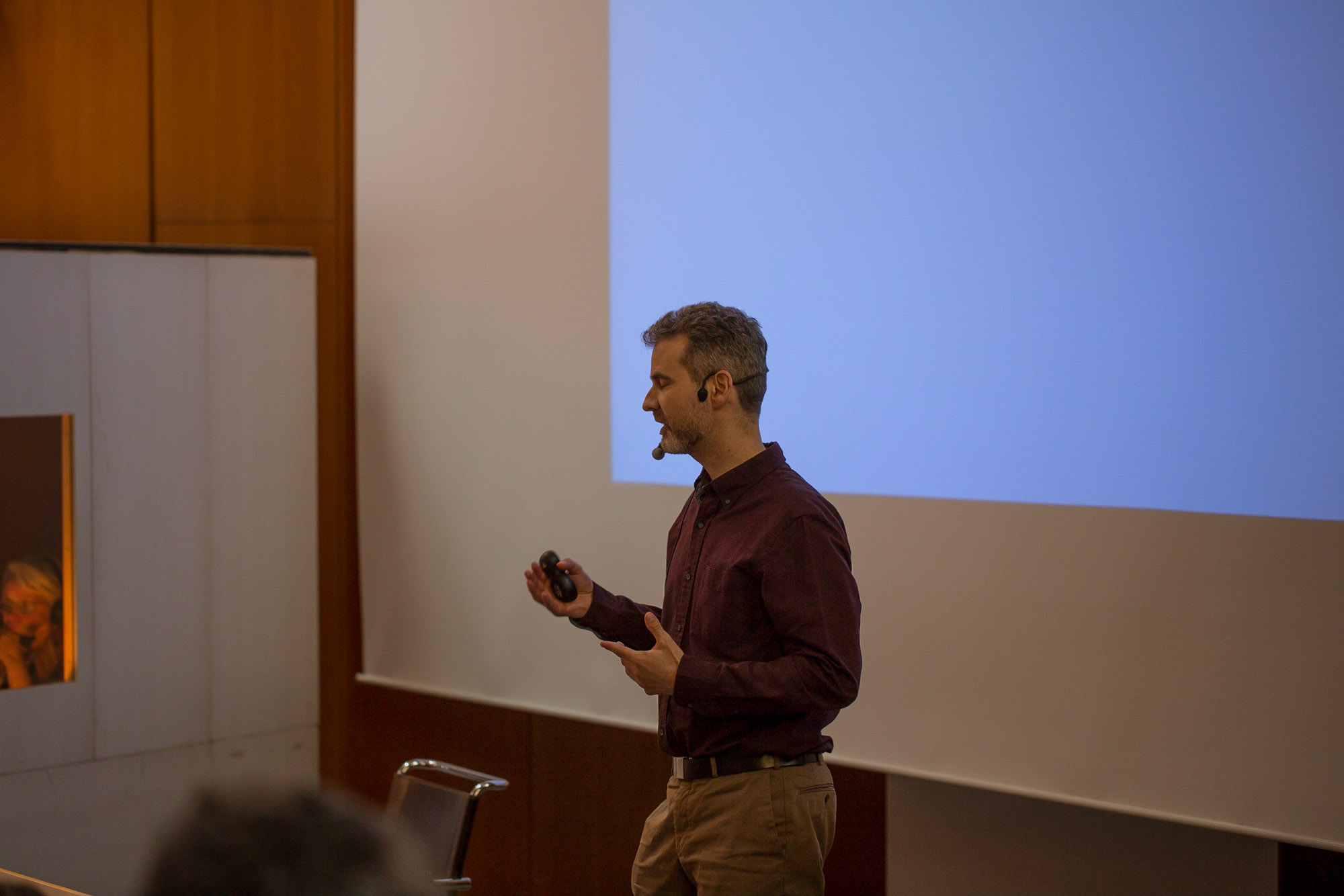
The death of a partner is one of the most drastic experiences in life, even if one does not feel so helpless and dependent as in the cases of Lithium and Spongia. The case presented by Bhawisha Joshi featured a 58-year-old banker who, following the death of her husband, falls into a state of severe depression with anxiety, nightmares, sleeplessness, migraine and backache. The woman was previously always fit and healthy, traveling the world with her husband, but now she just wants to follow her “soul companion”. Only the sense of responsibility for her adult children and her grandchildren are holding her back. The care of the family, the cooperation with her partner, the traveling and other themes in the case lead the Indian homeopath to the bird remedies. Joshi also works with evolutionary biology and showed with this case the relationship between the developmental stages of the animal kingdom and the rows of the periodic table. The reactive depression of the banker was finally healed by Phoenicopterus ruber, the American flamingo.
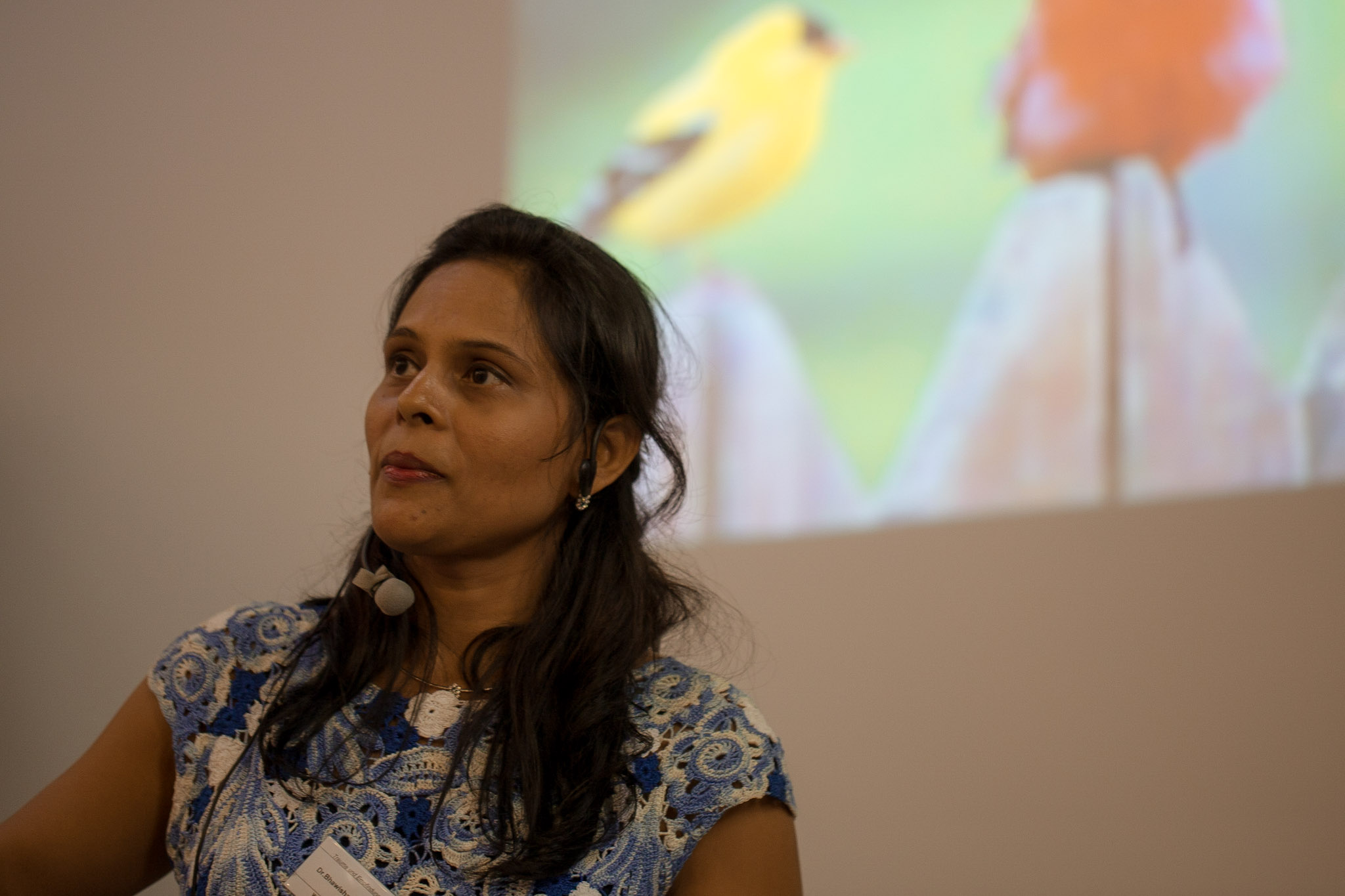
The third and final day of the conference began with Dinesh Chauhan’s amusing story from the Kama Sutra. A famous courtesan covers her body with a cloak made of 500 separate pieces, which her customers have to remove piece by piece. Thanks to the accompanying ingestion of alcohol, the customers generally fall asleep during this endless procedure and the courtesan is able to remain unmolested. But the cloak had a “master key” – a clip that, when pulled, releases the entire cloak so it falls to pieces. This is analogous to – and now the story returns to homeopathy – the decisive, central observation in casetaking, the “master key,” which lifts the veil, revealing the patient’s morbid pattern and the disturbance in the life force. His impressive example backed this up: a patient with ankylosing spondylitis and a childhood trauma starts in Dinesh’s casetaking for the first time in his life to take about how, due to his appearance, he was teased as a child and how he felt great hate towards his tormentors. As he grew up, he began to train and become tougher: “I turned from a rabbit into a lion”. He described a series of violent dreams and fantasies as well as real gang fights. It gradually became clear that he had identified completely with the African honey badger, which even fights and gets the better of lions due to its unrelenting aggression. The European badger (Meles meles), for which there is an extensive remedy proving, is in fact the remedy that heals the patient, since it most closely resembles his pathology, which otherwise has a very poor prognosis. A supportive atmosphere during casetaking and the knack of addressing the question of the “master key” at the right moment was here able to turn around the life of this person who had sought lifelong refuge in a very aggressive behavioral style.
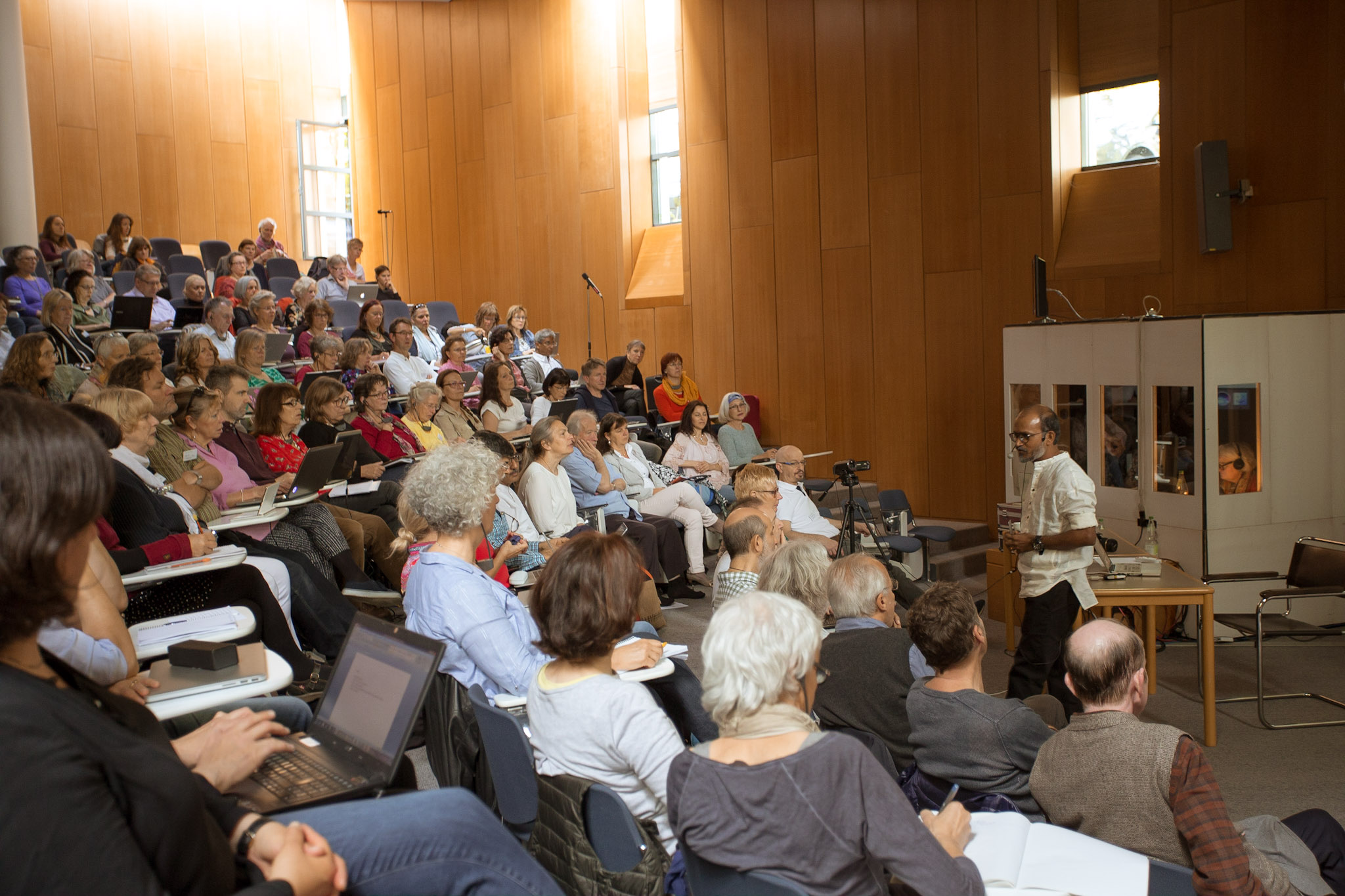
With the title “Scared to Death” Jürgen Weiland showed an acute psychological trauma in an otherwise very resilient young woman. She had mistakenly locked her one-year-child in the car and was so disturbed by this that, even weeks later she was suffering suffocating coughing attacks with urinary incontinence and cramps in her entire body. When talking about the experience she immediately begins weeping. Frantic from shock is the typical sensation of the Loganiaceae family – the situation of crisis corresponding to the typhoid miasm. The healing remedy here turns out to be the well-known Nux vomica. As usual Jürgen Weiland embellished his presentations with stunning photos.
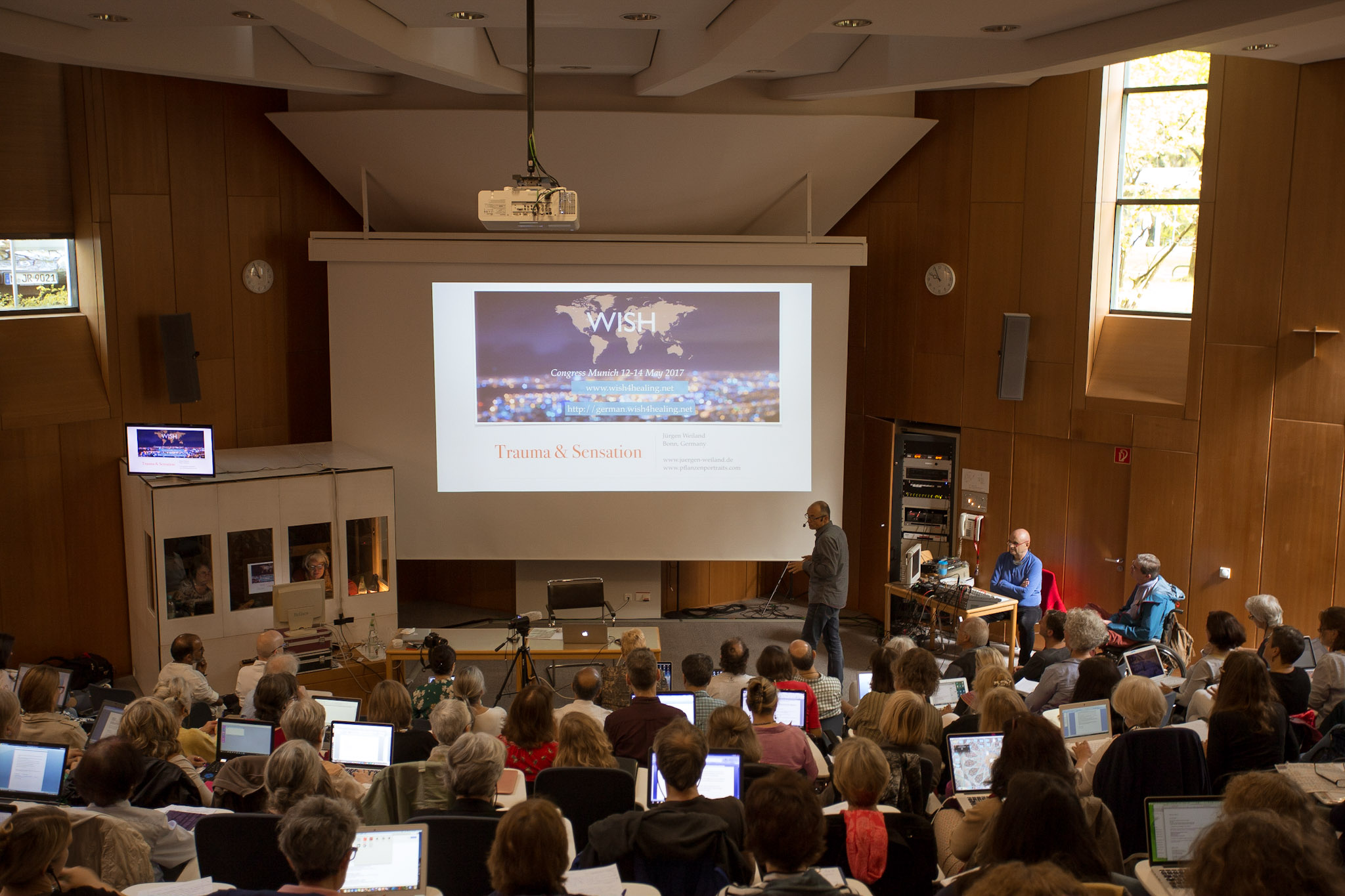
The notion that homeopathy is a thoroughly dry and humourless affair was decisively repudiated by Susan Sonz‘s presentation. In her often lively and funny way she first discussed her position as a homeopath in New York where she rarely finds that plant remedies are helpful because the hectic, loud and constantly busy atmosphere of the city does not attract such people. If they come to her, it is due to pressure from their spouse. Yet she has many patients needing animal remedies, including lots of insects. Patients who need animal remedies are often especially close to the direct experience of their Other Song and use expressions that relate directly to the remedy substance.
This became especially clear in the case of a patient who cannot get over a knife attack despite extensive trauma therapy. He suffers from paresthesia, post-traumatic flashbacks, profound damage to his feeling of self-worth as well as a pronounced obsessive-compulsive disorder, expressed as disgust of certain foods. The man’s general reaction clearly points to an animal remedy and the precise exploration according to Organon §153 of his most striking symptom leads the patient deep into a world characterized by disgust of “slimy, rancid, sour, festering“ foods, and therefore to the remedy Frog spawn. After a disappointing reaction, it turns out to be potentized Salamander that cures his severe post-traumatic stress disorder.
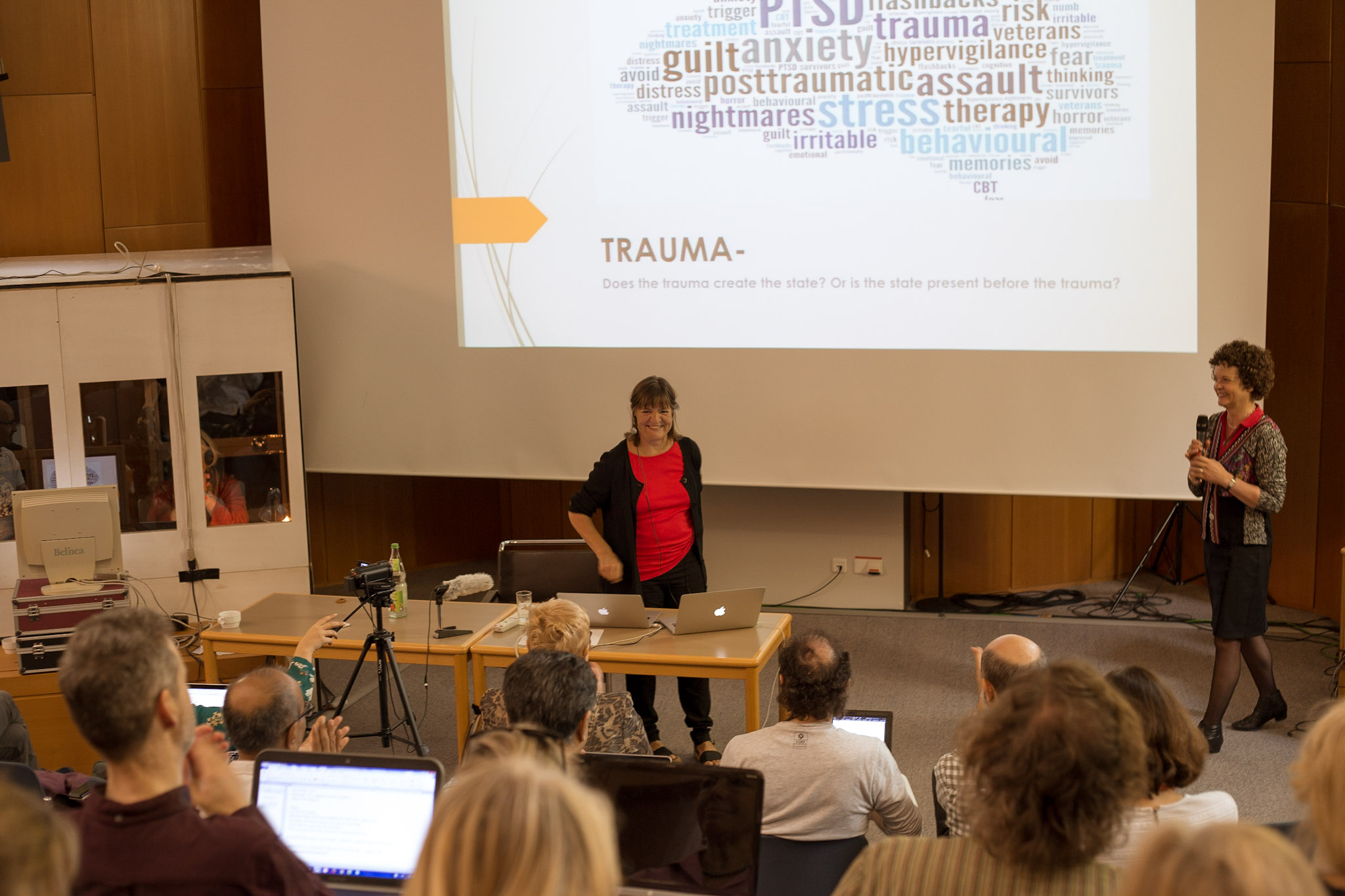
In contrast to this expedition into the depths of the sensation method, Sujit Chatterjee went to the opposite end of the spectrum of homeopathic prescription modalities, presenting severe pathologies in which interesting single rubrics lead to the correct remedy. His sometimes spectacular healing success in cases deemed medically hopeless are always confirmed by medical tests. Even if it may sometimes be desirable to have more detail about the sensation level to gain a deeper understanding of the patient’s problem, it became clear from his presentation that successful homeopathic treatment is also possible without psychological understanding of the patient, purely on the basis of rubrics and pathological indications. Cases of chronic hepatitis, hepatic encephalopathy, severe diabetic gangrene and two cancers illustrated the high art of homeopathic prescription in the most difficult of situations. Even rarely used remedies such as Leptandra, Cephalandra or Carcinosinum pulmonaris are successfully deployed by Chatterjee.
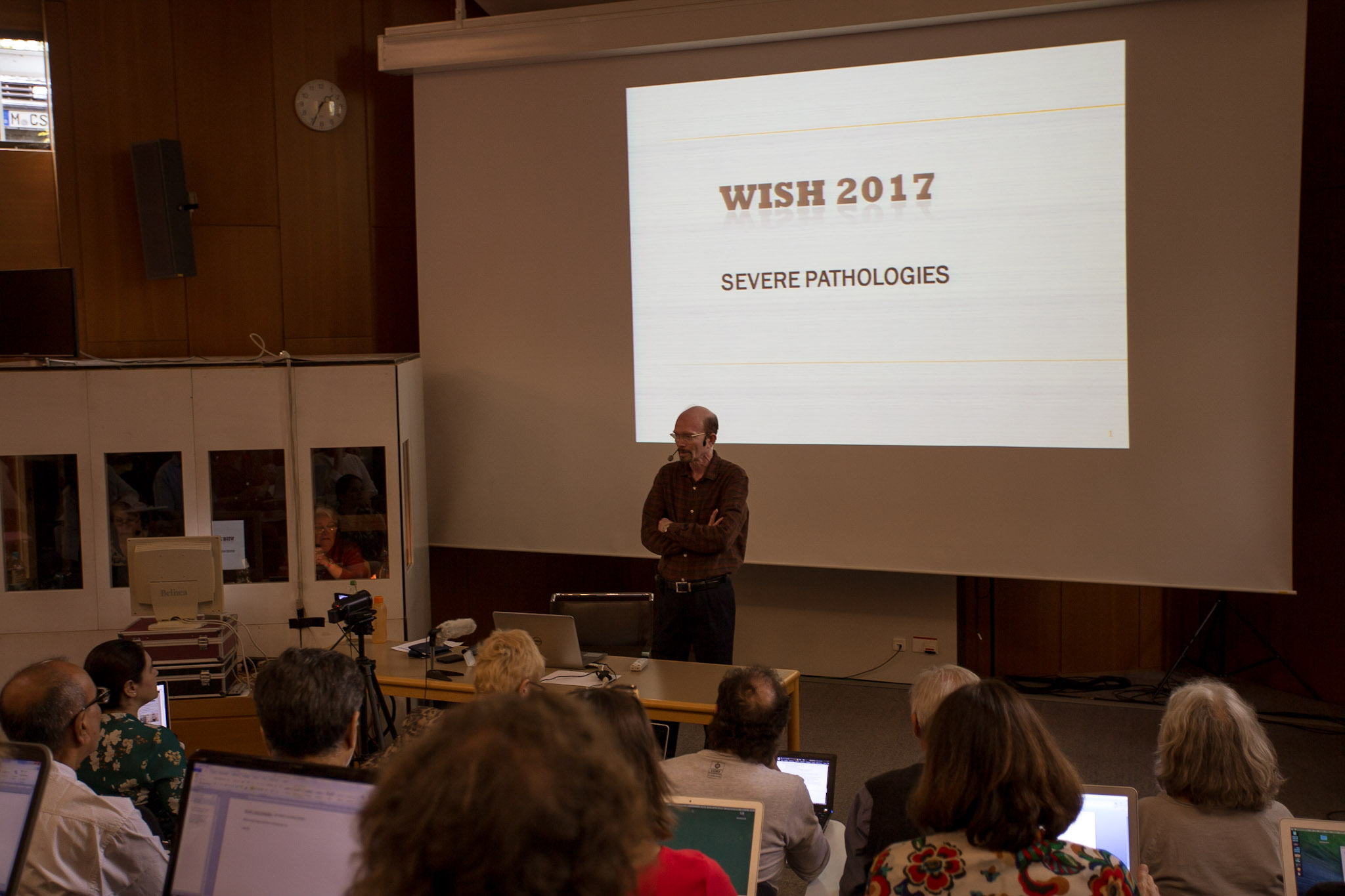
Finally Rajan Sankaran once again presented the healing of a severe psychological trauma using the sensation method that he himself developed. A young woman who was subject to very severe abuse throughout her entire childhood develops a paranoid anxiety disorder in combination with outbreaks of violence. She can no longer leave her apartment and becomes panicky even when the doorbell rings. The most basic daily tasks are beyond her because her weakness means that she is often unable to move. She can no longer meet people and has become completely isolated. The analysis at the level of the vital sensation clearly indicates a remedy from the animal kingdom, a mammal. The specific remedy is selected by Sankaran using the rubric “presence of people during urination is unbearable for her”: Ambra grisea. He stressed how important it is to precisely observe minor symptoms, which – compared to the tragedy and drama of the overall life history – may initially appear relatively trivial. On the other hand, the repertory – as his father taught – is only the bridge between the patient and the materia medica; but you don’t picnic on a bridge, you use it to first cross over to the other side. The art of homeopathic prescribing is to maintain the tension between a deeper understanding in terms of the sensation method and precise prescriptions using the confirmed symptoms in the materia medica.
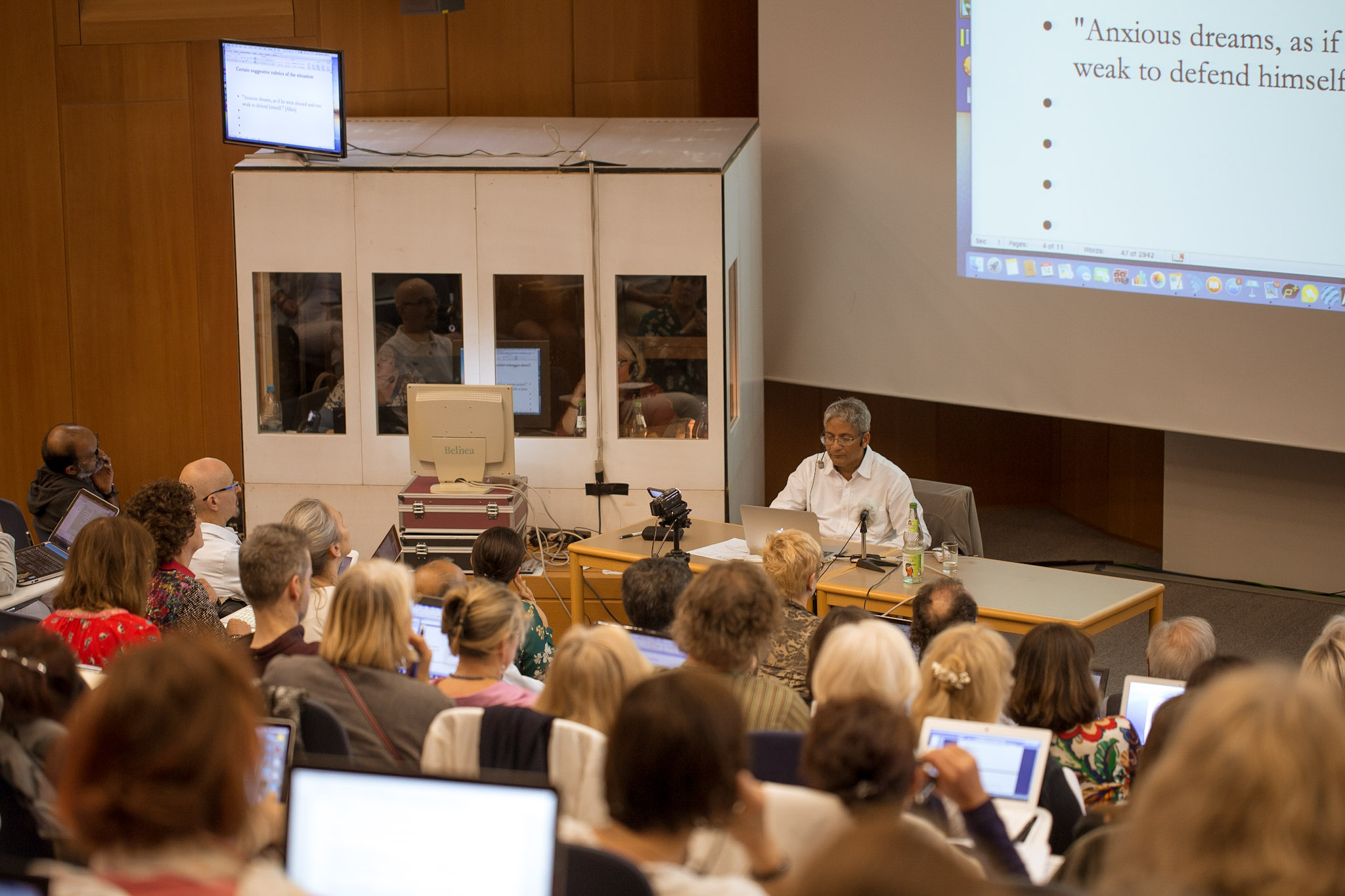
The fruitful interaction of the various methodological aids and styles of understanding has became a major concern of Sankaran, as he often stresses. This is also the working style practiced in his Mumbai-based institute “The Other Song“ and you can see many of the presentations made at this congress on their video channel at www.theothersong.com. A consciousness of the unity in our healing practice is, according to Sankaran, the basic condition for its continued existence. The 2017 WISH congress in Munich was evidently an inspiring example of this idea in action: many participants said they were impressed by the positive atmosphere plus the harmonious and cooperative manner of the 17 international speakers. And this may, after all, be the most important and enduring aspect of this gathering.
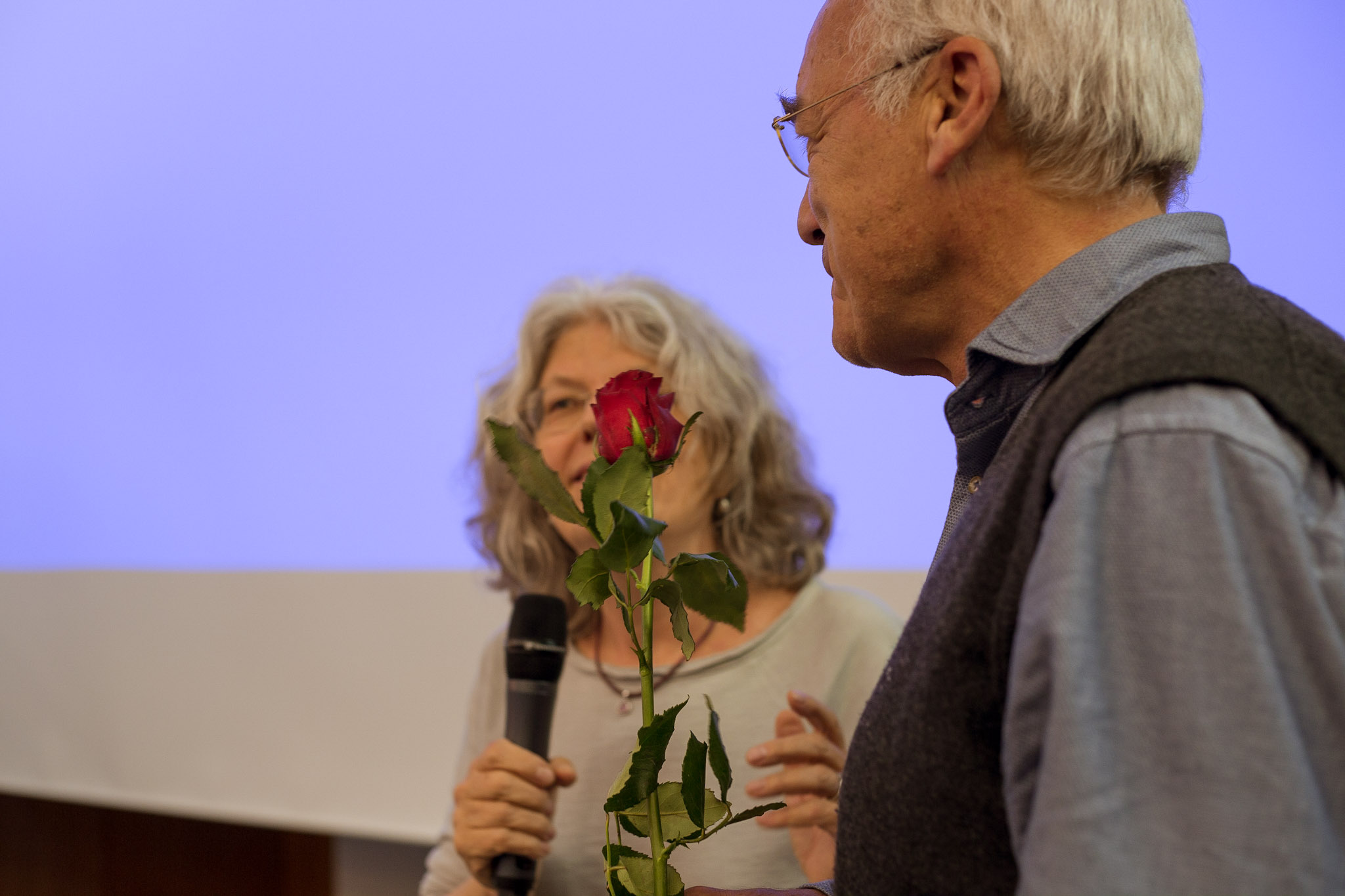

The effects of many years of severe child abuse often result in depression, anxiety and eating disorders, as in the case of a woman presented by Mike Keszler. Lithium-carb helps her to overcome the loneliness plus the feeling of inner emptiness and of being detached from life. She is therefore able to become whole again and leave behind her “old life.” Both Jörg Wichmann and Mike Keszler make use of Michal Yakir’s evolutionary stages when selecting the remedy. Lithium carbonicum is indicated for people whose developmental stage is comparable to that of a fetus, completely dependent and without any kind of independent existence. Such people can often develop profoundly serious depression.

Misha Norland presented the cases of two children: a boy with life-threatening nightly asthma attacks is helped by Plutonium nitricum, which is identified from his dreadful nightmares together with the mother’s history. The second boy displays compulsive behavior. He was born prematurely and spent some time in an incubator, a state that closely resembles Lithium. Beryllium, which follows Lithium in the periodic table, turns out to be his remedy. A sketch by the boy at the age of five appears to be an exact anatomical representation of the inner female organs and confirms the choice of remedy from the second row of the periodic table.

Another highlight of the first day was Karim Adal with his special style of casetaking, shown in two cases that produced very similar sensation words but required very different remedies – Thuja and Zincum. He takes his patients to the level of the unconscious and gently works through the trigger situation with them. In this technique based on the approach of Jayesh Shah, the painful identification with the traumatic experience is followed by a phase of dis-identification from the problem, ending in a transformation from the negative experience to a positive perception of one’s own potential. This process itself induces healing but often leads via the deep sensation level to an effective and enduring simile.

On the second day Annette Sneevliet picked up the theme of evolution. As in Keszler’s case of Lithium carbonicum, her patient is also completely dependent. She reacts to her husband’s diagnosis of cancer with panicky and clingy helplessness. This is really all about her, not her sick husband. After many incorrect attempts with mineral and plant remedies from a primitive level of development, Spongia brings the breakthrough. Like many aquatic invertebrates, the sponge, which clings to the cliffs, is at a low level of development in the animal kingdom. The patient suffers panicky fear that she will lose her husband, who is her pillar of strength. With Spongia she gradually overcomes the feeling of a helpless child, becoming an adult woman with both feet firmly on the ground.

The Canadian homeopath Laurie Dack presented a video – yet her case of a very ill patient, described in almost poetic language in an empathetic tone of voice, would have been moving enough without any images. The combative, committed and always active Farah fell into disgrace in the Iran of the Ayatollah, where she was brutally tortured during three years of imprisonment. She remembers nothing but her body stored the pain: tearing, stabbing pains as if from a knife and swollen, deformed, and crippled joints. Movement is a torture. Everything is distorted, bent, hardened and stiff. The doctors diagnose rheumatoid arthritis. She says: “I’m contracted in spirit, body, and soul.” She keeps wanting to stretch. This polar symptomatology leads to Guajacum, a small crippled tree with heavy, dense wood used for shipbuilding and truncheons. With this remedy her pain, mobility, appetite, and sleep all improve. She is once again able to get in touch with her family and other people. With the resurgence in life energy her memories return and she is again plagued by nightmares. Farah has to reassure her despairing homeopath that she feels she is now back on the right track, even though the remedy is bringing repressed memories back to consciousness.

Such “imprints of the trauma in consciousness from beyond space and time” were also the topic discussed by Jayesh Shah. Karim Adal’s presentation had already sensitized the participants to his particular approach to traumatized patients, which often requires the therapist to spend many hours on a journey of healing together with the patient in order to transform their injury and pain. When patients at the end of such a journey recognize that they themselves possess the healing life energy, they can see themselves in a new light and may be able to let go of the ill-making patterns of the past. The homeopathic remedy completes this process of healing. In a case of unbearably painful urticaria with delusional fear of the amputation of a leg, the required remedy is Codeinum. In another case, the healing journey of transformation means that a European woman with deeply rooted and agonizing panic attacks first needs to relive the experience of her father in a concentration camp in Nazi Germany. She is given various remedies based on hydrogen and nitrogen.

Resie Moonen presented two neurological cases characterized by a traumatized childhood that require the same remedy sequence: Cerium oxydatum followed by Acidum oxalicum. The different traumatic experiences of the two patients nevertheless lead to similar reactions: withdrawal to a cocoon, a hermetically sealed bubble without connection to the outside world. In independent and autonomous people with autoimmune disease this pattern invariably calls to mind Cerium. Abuse in the history of one patient and a suffocating mother in the other patient point to the oxygen component found in Cerium oxydatum. The oxygen is also found in the Oxalic acid, the follow-on remedy in both cases. The repertorization of very different symptoms leads to this same remedy. Just a coincidence or maybe an indication of a specific remedy affinity?

Bob Blair’s female patient, who presents with a rare neurological form of coeliac disease, also complains of childhood abuse with anxiety, panic attacks and muscle pain. She received psychiatric treatment for her depression. Expressions such as “isolation, death, dying, hopelessness, helplessness, like being imprisoned in a grave, like being battered, violence, god, possessed by the devil, living in hell, despair, damnation, on the verge of insanity, threatening destruction“ are all covered by the nightshades. Due to the feelings characteristic of the leprosy miasm – dirt, shame, and feeling ostracized – the chosen remedy according to the sensation method is Mandragora. It is confirmed by repertorization but chiefly by sustained improvement on all levels.

The death of a partner is one of the most drastic experiences in life, even if one does not feel so helpless and dependent as in the cases of Lithium and Spongia. The case presented by Bhawisha Joshi featured a 58-year-old banker who, following the death of her husband, falls into a state of severe depression with anxiety, nightmares, sleeplessness, migraine and backache. The woman was previously always fit and healthy, traveling the world with her husband, but now she just wants to follow her “soul companion”. Only the sense of responsibility for her adult children and her grandchildren are holding her back. The care of the family, the cooperation with her partner, the traveling and other themes in the case lead the Indian homeopath to the bird remedies. Joshi also works with evolutionary biology and showed with this case the relationship between the developmental stages of the animal kingdom and the rows of the periodic table. The reactive depression of the banker was finally healed by Phoenicopterus ruber, the American flamingo.
The third and final day of the conference began with Dinesh Chauhan’s amusing story from the Kama Sutra. A famous courtesan covers her body with a cloak made of 500 separate pieces, which her customers have to remove piece by piece. Thanks to the accompanying ingestion of alcohol, the customers generally fall asleep during this endless procedure and the courtesan is able to remain unmolested. But the cloak had a “master key” – a clip that, when pulled, releases the entire cloak so it falls to pieces. This is analogous to – and now the story returns to homeopathy – the decisive, central observation in casetaking, the “master key,” which lifts the veil, revealing the patient’s morbid pattern and the disturbance in the life force. His impressive example backed this up: a patient with ankylosing spondylitis and a childhood trauma starts in Dinesh’s casetaking for the first time in his life to take about how, due to his appearance, he was teased as a child and how he felt great hate towards his tormentors. As he grew up, he began to train and become tougher: “I turned from a rabbit into a lion”. He described a series of violent dreams and fantasies as well as real gang fights. It gradually became clear that he had identified completely with the African honey badger, which even fights and gets the better of lions due to its unrelenting aggression. The European badger (Meles meles), for which there is an extensive remedy proving, is in fact the remedy that heals the patient, since it most closely resembles his pathology, which otherwise has a very poor prognosis. A supportive atmosphere during casetaking and the knack of addressing the question of the “master key” at the right moment was here able to turn around the life of this person who had sought lifelong refuge in a very aggressive behavioral style.

With the title “Scared to Death” Jürgen Weiland showed an acute psychological trauma in an otherwise very resilient young woman. She had mistakenly locked her one-year-child in the car and was so disturbed by this that, even weeks later she was suffering suffocating coughing attacks with urinary incontinence and cramps in her entire body. When talking about the experience she immediately begins weeping. Frantic from shock is the typical sensation of the Loganiaceae family – the situation of crisis corresponding to the typhoid miasm. The healing remedy here turns out to be the well-known Nux vomica. As usual Jürgen Weiland embellished his presentations with stunning photos.

The notion that homeopathy is a thoroughly dry and humourless affair was decisively repudiated by Susan Sonz‘s presentation. In her often lively and funny way she first discussed her position as a homeopath in New York where she rarely finds that plant remedies are helpful because the hectic, loud and constantly busy atmosphere of the city does not attract such people. If they come to her, it is due to pressure from their spouse. Yet she has many patients needing animal remedies, including lots of insects. Patients who need animal remedies are often especially close to the direct experience of their Other Song and use expressions that relate directly to the remedy substance.
This became especially clear in the case of a patient who cannot get over a knife attack despite extensive trauma therapy. He suffers from paresthesia, post-traumatic flashbacks, profound damage to his feeling of self-worth as well as a pronounced obsessive-compulsive disorder, expressed as disgust of certain foods. The man’s general reaction clearly points to an animal remedy and the precise exploration according to Organon §153 of his most striking symptom leads the patient deep into a world characterized by disgust of “slimy, rancid, sour, festering“ foods, and therefore to the remedy Frog spawn. After a disappointing reaction, it turns out to be potentized Salamander that cures his severe post-traumatic stress disorder.

In contrast to this expedition into the depths of the sensation method, Sujit Chatterjee went to the opposite end of the spectrum of homeopathic prescription modalities, presenting severe pathologies in which interesting single rubrics lead to the correct remedy. His sometimes spectacular healing success in cases deemed medically hopeless are always confirmed by medical tests. Even if it may sometimes be desirable to have more detail about the sensation level to gain a deeper understanding of the patient’s problem, it became clear from his presentation that successful homeopathic treatment is also possible without psychological understanding of the patient, purely on the basis of rubrics and pathological indications. Cases of chronic hepatitis, hepatic encephalopathy, severe diabetic gangrene and two cancers illustrated the high art of homeopathic prescription in the most difficult of situations. Even rarely used remedies such as Leptandra, Cephalandra or Carcinosinum pulmonaris are successfully deployed by Chatterjee.

Finally Rajan Sankaran once again presented the healing of a severe psychological trauma using the sensation method that he himself developed. A young woman who was subject to very severe abuse throughout her entire childhood develops a paranoid anxiety disorder in combination with outbreaks of violence. She can no longer leave her apartment and becomes panicky even when the doorbell rings. The most basic daily tasks are beyond her because her weakness means that she is often unable to move. She can no longer meet people and has become completely isolated. The analysis at the level of the vital sensation clearly indicates a remedy from the animal kingdom, a mammal. The specific remedy is selected by Sankaran using the rubric “presence of people during urination is unbearable for her”: Ambra grisea. He stressed how important it is to precisely observe minor symptoms, which – compared to the tragedy and drama of the overall life history – may initially appear relatively trivial. On the other hand, the repertory – as his father taught – is only the bridge between the patient and the materia medica; but you don’t picnic on a bridge, you use it to first cross over to the other side. The art of homeopathic prescribing is to maintain the tension between a deeper understanding in terms of the sensation method and precise prescriptions using the confirmed symptoms in the materia medica.

The fruitful interaction of the various methodological aids and styles of understanding has became a major concern of Sankaran, as he often stresses. This is also the working style practiced in his Mumbai-based institute “The Other Song“ and you can see many of the presentations made at this congress on their video channel at www.theothersong.com. A consciousness of the unity in our healing practice is, according to Sankaran, the basic condition for its continued existence. The 2017 WISH congress in Munich was evidently an inspiring example of this idea in action: many participants said they were impressed by the positive atmosphere plus the harmonious and cooperative manner of the 17 international speakers. And this may, after all, be the most important and enduring aspect of this gathering.

